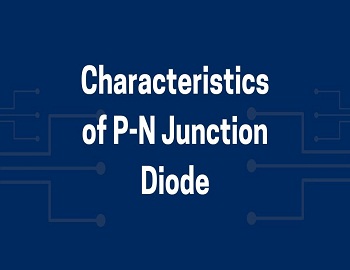Table of Contents
Oscillatory Motion:
When a motion repeats after a definite interval of time, it is called a periodic motion. Periodic motions are of great importance because they occur frequently in nature. For example, the earth retraces the same path around the sun, year after year. The pendulum of a clock repeats its motion at regular intervals of time. Periodic motions are of several kinds.
A periodic motion that occurs back and forth along a fixed path is known as oscillatory motion.
An oscillatory motion can be described in terms of a single-distance coordinate. It is a to-and-fro motion in which the forward and return motions take place along the same path. Several examples of oscillatory motion can be given. The beating of the heart, the motion of the mass-spring system, and the swing of a pendulum are some examples of oscillatory motion.
Types of Oscillatory Motion:
(1) Simple Harmonic Motion (SHM): This is the most basic type of oscillatory motion. It occurs when the restoring force acting on an object is directly proportional to its displacement from the equilibrium position and is directed toward the equilibrium. Examples of SHM include a mass-spring system or a pendulum.
(2) Damped Oscillation: In damped oscillation, the amplitude of the oscillating system decreases over time due to the presence of damping forces (such as friction or air resistance). The oscillations gradually reduce until the system comes to rest at the equilibrium position.
(3) Forced Oscillation: Forced oscillation occurs when an external periodic force or driving force is applied to a system. The system responds by oscillating with the same frequency as the driving force. This is commonly observed in systems subjected to periodic vibrations or waves.
(4) Parametric Oscillation: Parametric oscillation happens when the parameters of the oscillating system change periodically with time. These changes can alter the frequency or amplitude of the oscillation. Parametric oscillation is found in certain mechanical systems or electronic circuits.
(5) Nonlinear Oscillation: Nonlinear oscillation refers to oscillatory motion where the restoring force is not directly proportional to displacement. The behavior of the system is more complex, and the motion may exhibit phenomena such as period doubling, chaos, or strange attractors. Nonlinear oscillations can be observed in systems like a double pendulum.
Uses of Oscillatory Motion:
Oscillatory motion has numerous applications in various fields. Some of the key uses of oscillatory motion include:
(1) Timekeeping: Oscillatory motion is utilized in timekeeping devices such as pendulum clocks, quartz watches, and atomic clocks. The regular back-and-forth motion of a pendulum or the vibrations of a quartz crystal provides a reliable and precise means of measuring time.
(2) Musical Instruments: Many musical instruments rely on oscillatory motion to produce sound. String instruments like guitars and violins create sound through the vibration of strings, while wind instruments like flutes and trumpets generate sound through the oscillation of air columns.
(3) Energy Generation: Oscillatory motion is harnessed for energy generation in various technologies. For example, hydroelectric power plants utilize the oscillation of water in dams to generate electricity. Similarly, oscillating devices like wave energy converters and piezoelectric generators convert oscillatory motion into electrical energy.
(4) Imaging and Sensing: Oscillatory motion is employed in imaging and sensing applications. Ultrasound imaging uses high-frequency sound waves that oscillate to generate images of internal body structures. In spectroscopy, the oscillation of atoms or molecules is utilized to analyze the composition and properties of materials.
(5) Communication and Information Technology: Oscillatory motion plays a vital role in communication systems and information technology. Radio waves, for instance, are electromagnetic waves that oscillate at specific frequencies, enabling wireless communication. Additionally, oscillatory circuits and electronic oscillators are used in electronic devices such as radios, televisions, and computers.
(6) Metrology and Measurement: Oscillatory motion is utilized in metrology for precise measurements. Devices such as accelerometers, gyroscopes, and seismometers rely on oscillatory motion to measure acceleration, rotation, and seismic activity, respectively. These instruments find applications in navigation, aerospace, geology, and many other fields.
(7) Material Testing and Characterization: Oscillatory motion is employed in materials testing and characterization. Techniques like dynamic mechanical analysis (DMA) use oscillatory forces or displacements to evaluate the mechanical properties of materials, such as elasticity, stiffness, and damping.
(8) Medical Applications: Oscillatory motion finds various applications in the medical field. Oscillatory ventilators provide mechanical ventilation to patients by delivering oscillatory pressure or flow to assist with breathing. Oscillatory motion is also utilized in devices like vibrating massage chairs or devices for physical therapy and rehabilitation.
These are just a few examples of the wide-ranging applications of oscillatory motion. Its ability to produce repetitive and controlled motion makes it valuable in many scientific, technological, and everyday contexts.









Comments (No)